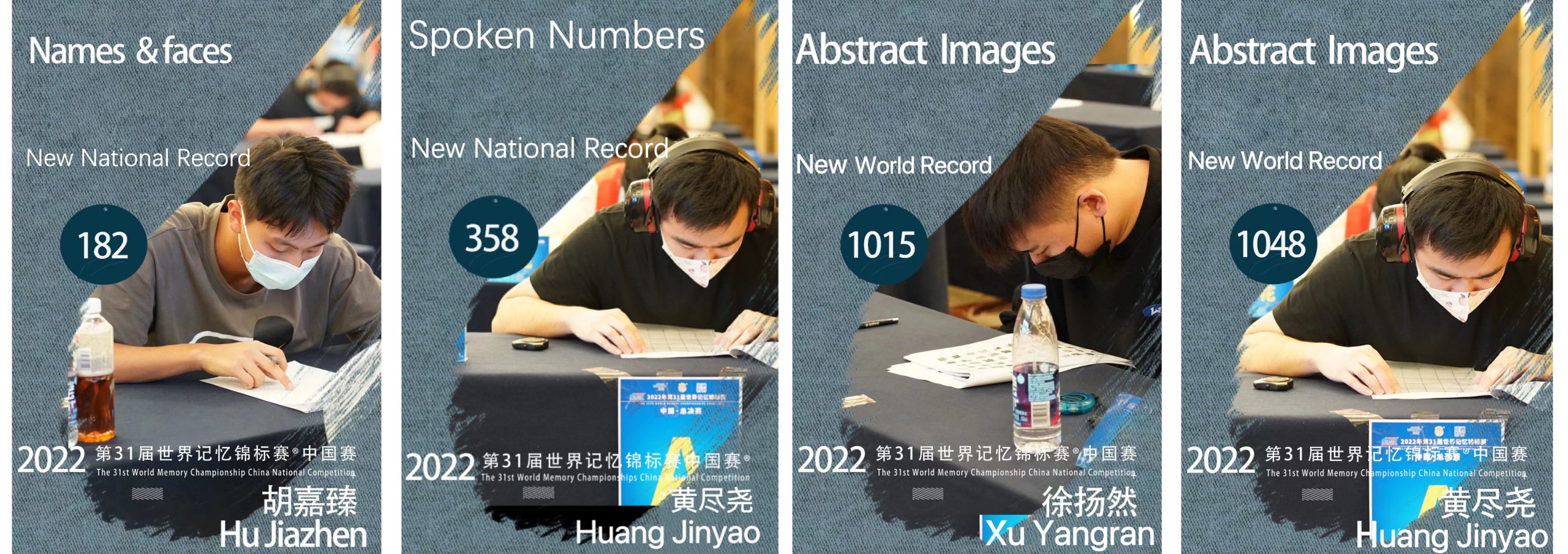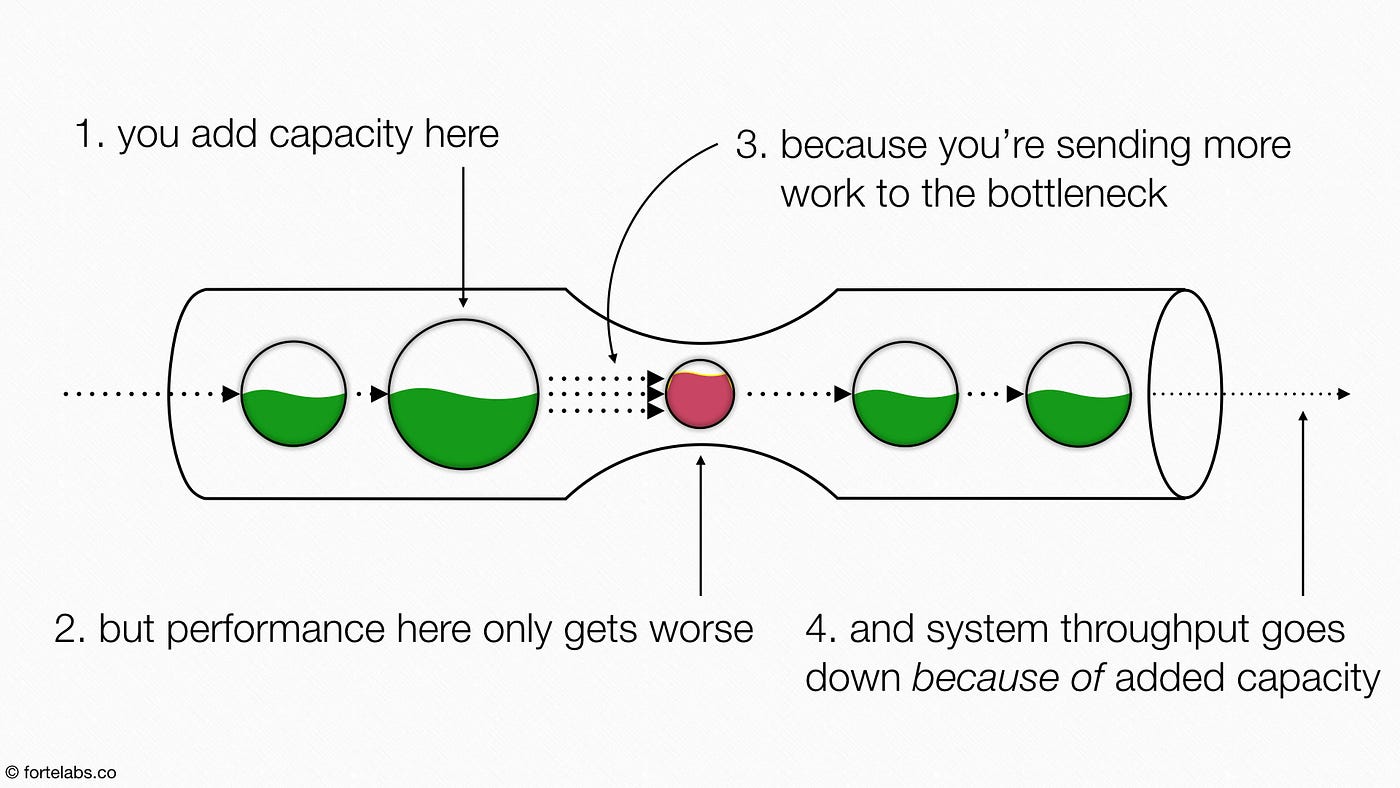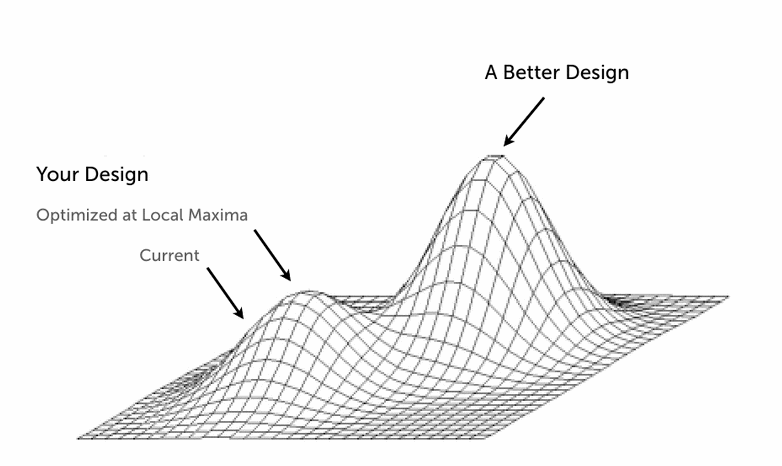Wow! It's December already. :)
Wanted to pen down some of my thoughts from the books that I've gotten to read recently.
1. Moonwalking with Einstein by Joshua Foer
This book delves into the world of memory and memory competitions. At first glance, competing in these kind of competitions seems to be possible only by someone with Savant syndrome like the Raymond from the Rain Man movie.
 |
| Dustin Hoffman (plays Raymond) next to Tom Cruise |
But, this is in fact a learnable skill and anyone with dedication and effort can improve their memory which this book highlights as it follows the author's journey to improve his memory and participate in the American memory competition.
 |
Example memory competition event
|
One of the things that I'm taking away from this book is the concept of Memory Palaces (which I first came across from Sherlock, the hit British TV show) and how to leave vivid, memorable images in it.
Another takeaway is the 'Major system' to remember numbers.
The Major System is a mnemonic technique used to aid in memorizing numbers. It works by converting numbers into consonant sounds, then into words by adding vowels. These words can then be visualized in a memory palace or linked together in a story to make the numbers more memorable.
The first step is to memorize the code that links numbers to specific consonant sounds:
- 0 = S, Z, soft C (as in "cease")
- 1 = T, D (T has one downstroke)
- 2 = N (N has two downstrokes)
- 3 = M (M has three downstrokes)
- 4 = R ("four" ends with R)
- 5 = L (L is the Roman numeral for 50)
- 6 = J, SH, soft CH, DG, soft G (as in "judge")
- 7 = K, hard C, hard G, Q, qu (K looks like two 7s back-to-back)
- 8 = F, V (script F has two loops like an 8)
- 9 = P, B (P is a mirror-image 9)
Use the code to convert numbers into their corresponding sounds. For example, the number 321 would be M-N-T.
Then, Insert vowels or other non-coded consonants into the string of sounds to make meaningful words or images. For example, M-N-T could become "mint" or "mount."
2. The Goal by Eli Goldratt
This is a book about operations management and working with efficiency.
This book highlights one of the concepts that I had learned in my Industrial Engineering course in undergrad which was about the Theory of Constraints (ToC).
The first step is to identify the bottleneck in a process. Identifying the bottleneck is important because it determines the pace of production and the capacity of your entire system. Improving process or adding capacity at places other than the bottleneck will provide higher efficiencies at those individual stations but the system as a whole would be worse off. Think of local maxima.
One of the important takeaways from this book is the importance of balancing the flow of work, not the capacity of the process. Overemphasis on the capacity will lead to inefficiencies and increased inventory.
---
Thank you for reading this blog post! The next 2 books on my reading list are 'Drive' by Daniel Pink and 'Thinking Fast & Slow' by Daniel Kahneman (re-read).






Comments
Post a Comment